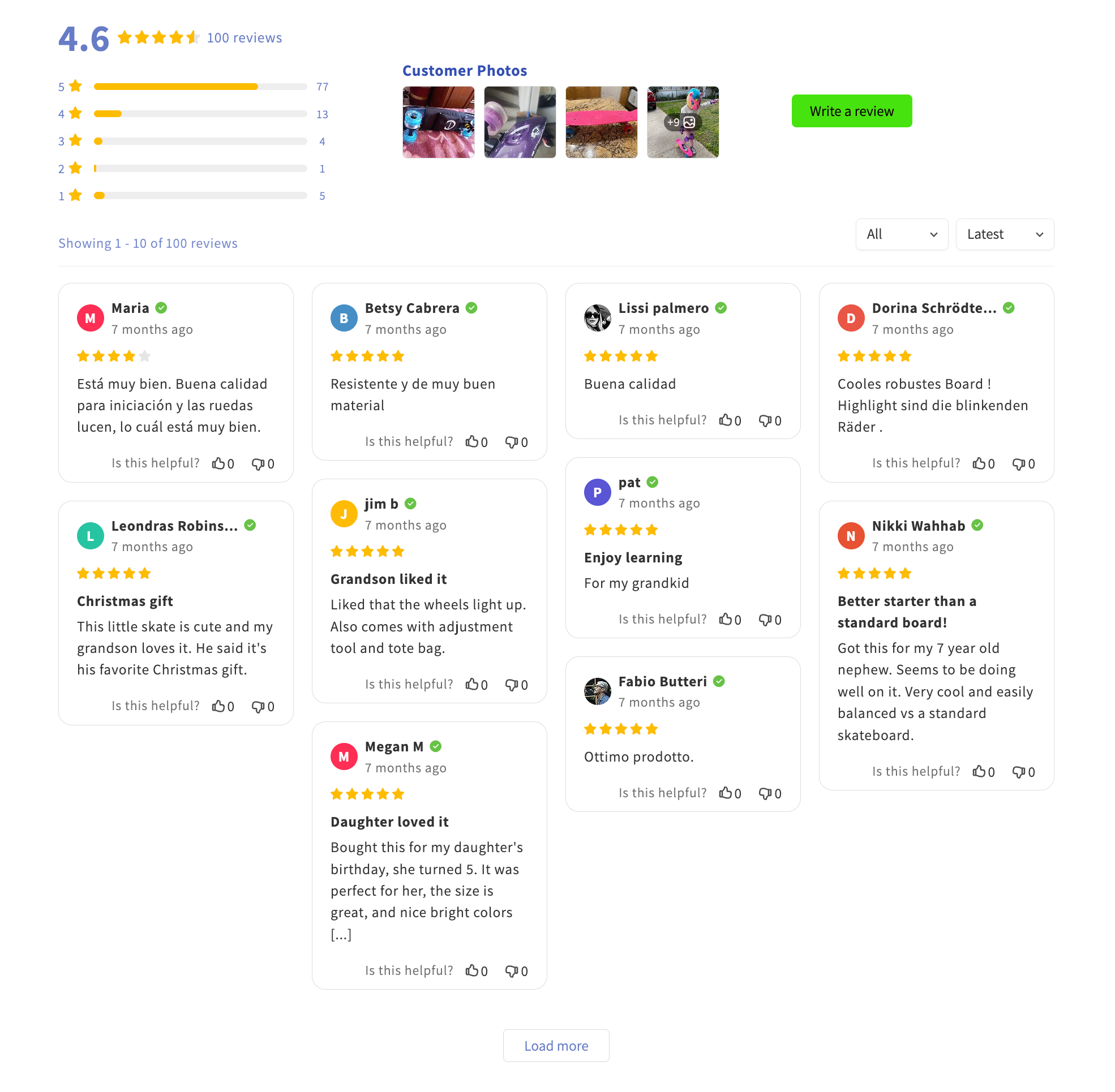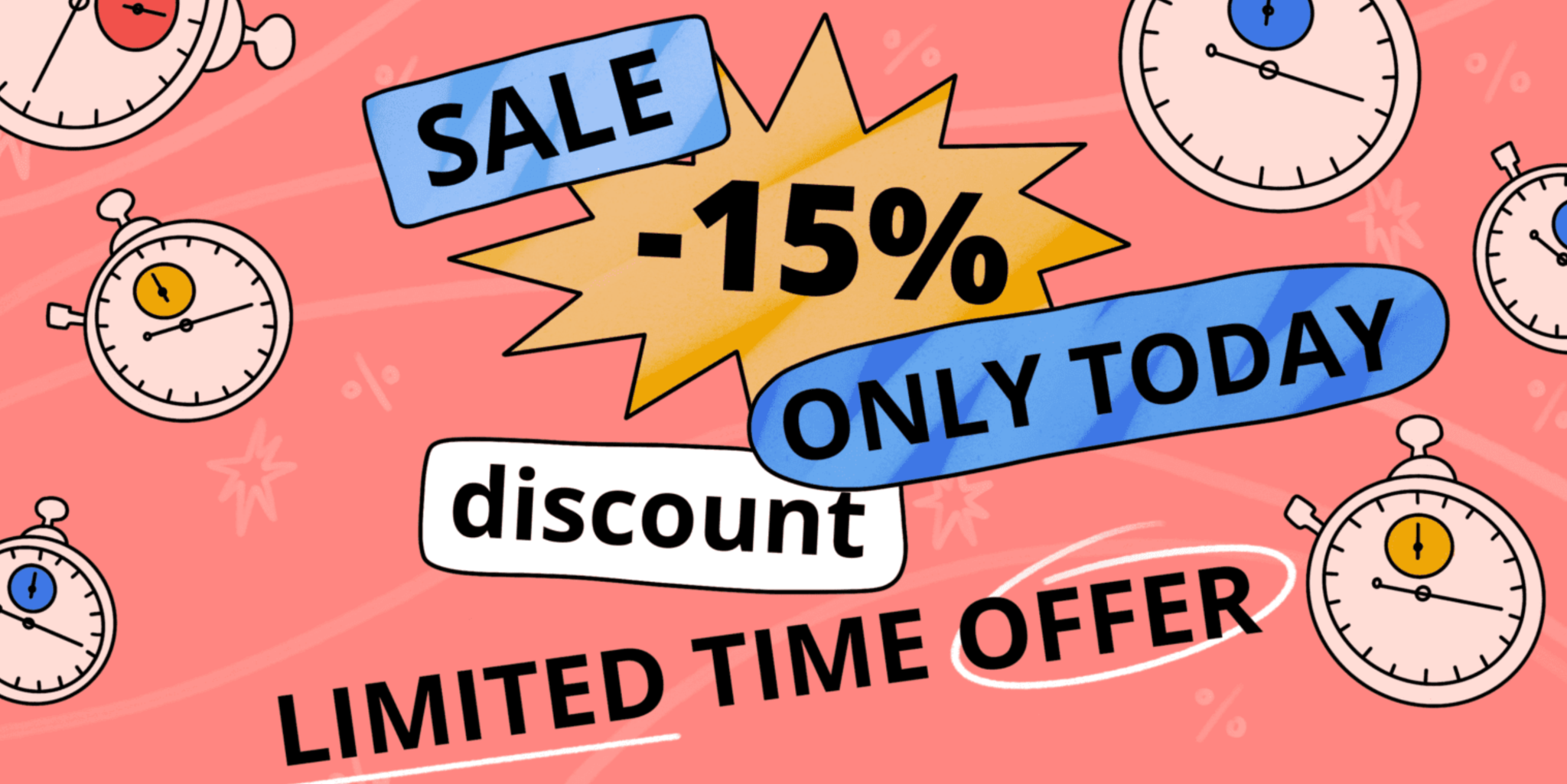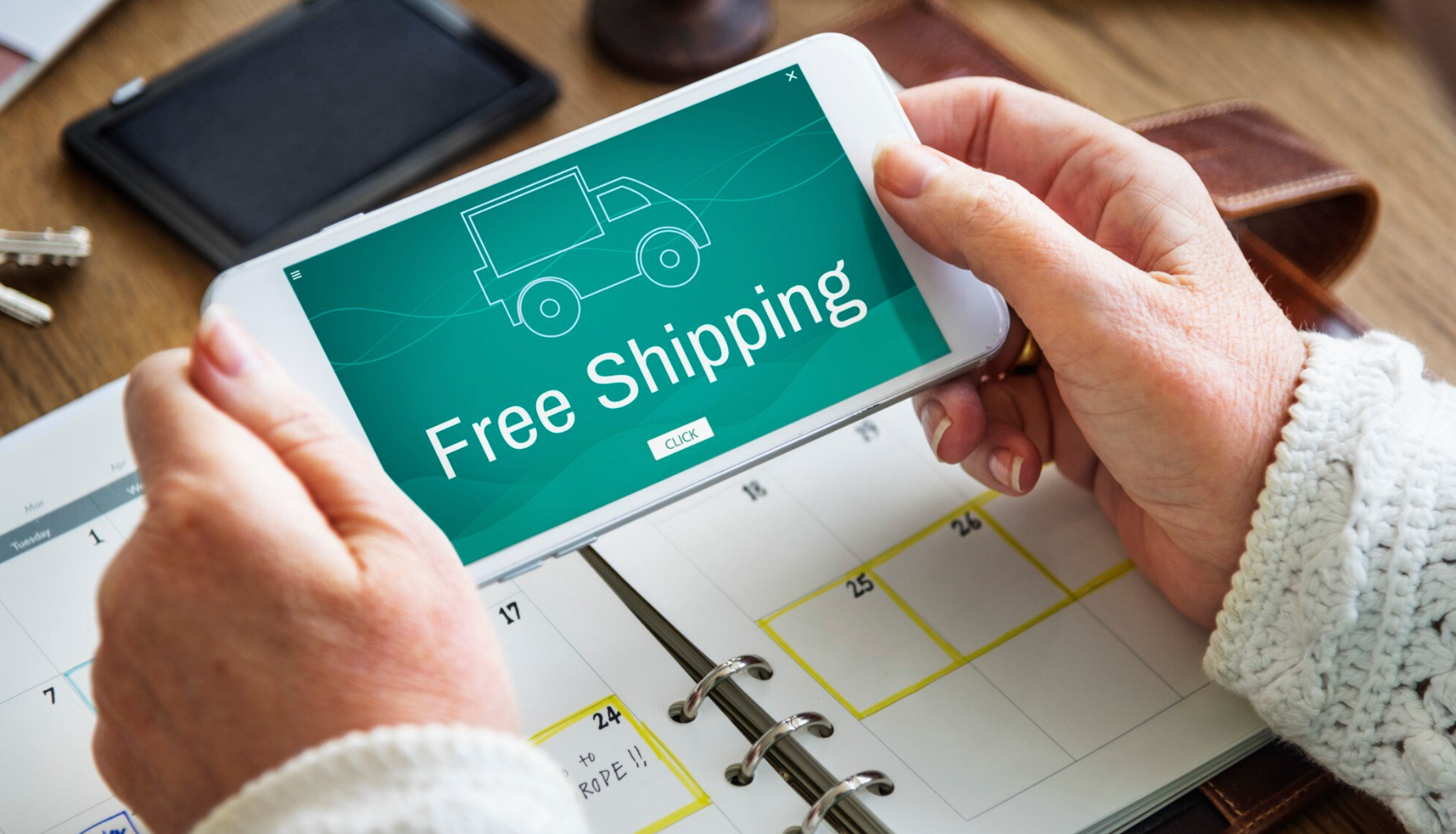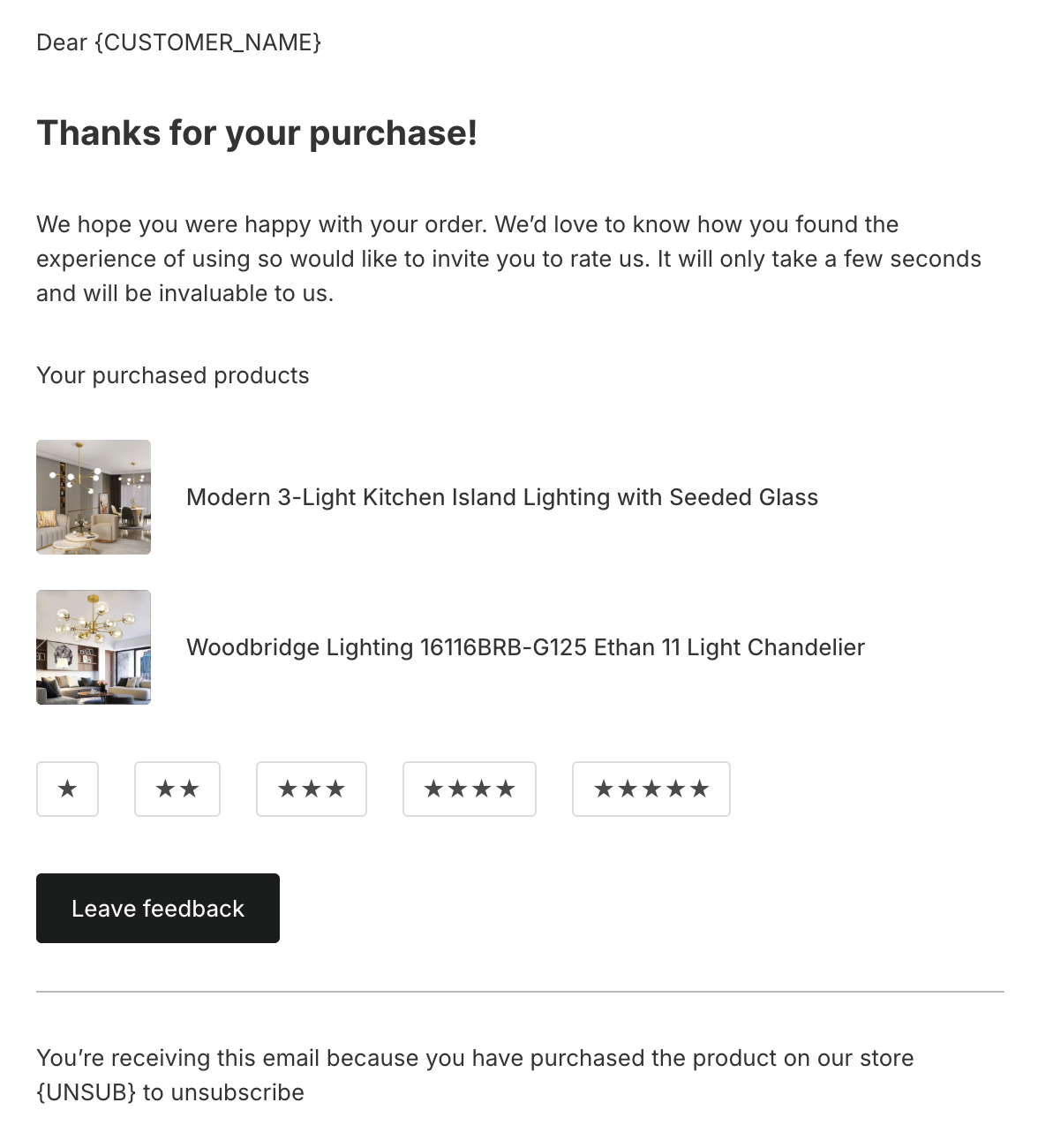
Boosting your online store’s conversion rate doesn’t always mean doubling your ad spend or overhauling your website. In many cases, the right adjustments, applied consistently, can make a huge difference. Shoppers have limited attention spans and plenty of options, which means you need to remove friction, build trust, and guide them to purchase. Here are twelve powerful conversion rate optimization (CRO) hacks that every store owner should consider implementing today.
Your checkout process is the final step between browsing and buying, yet it’s also where many sales are lost. If customers encounter too many steps, confusing forms, or hidden costs, they’re likely to abandon their cart. Streamlining checkout removes barriers and helps customers feel more confident about completing their purchase.
A smooth checkout process builds trust and improves your store’s professionalism. By eliminating obstacles, you’ll capture more sales without needing extra visitors.
Unlike physical stores, eCommerce relies heavily on visuals to communicate product value. Poor or blurry photos can make even the best products look unappealing. On the other hand, clear, engaging images and videos help shoppers visualize ownership and feel more confident about purchasing.
When you present your products visually, you bridge the gap between online and in-person shopping. Strong visuals build credibility and reduce hesitation at the buying stage.

Social proof is one of the most powerful psychological drivers in eCommerce. Shoppers often want reassurance that others have purchased and enjoyed your products before making their own decision. Reviews, ratings, and testimonials provide that reassurance and reduce perceived risk.
By showcasing authentic customer experiences, you demonstrate that your products deliver value. This encourages hesitant shoppers to move forward with confidence. To make this process more simple and effective, you can use Ryviu which can help you import and display reviews from trusted popular marketplaces like AliExpress, Amazon, Walmart, Etsy, or Dhgate, giving your store instant credibility.
Product descriptions are more than just words on a page, and they’re also your sales pitch. Many store owners fall into the trap of only listing features, which doesn’t answer the real question: “What’s in it for me?” An effective description should combine benefits, storytelling, and clarity.
A well-structured product description persuades customers that your product fits their needs. When done right, it turns casual browsers into confident buyers.

Shoppers are naturally hesitant, often delaying purchases until they feel pressed to act. That’s where urgency and scarcity tactics come in, and they trigger the fear of missing out (FOMO) and encourage quicker decisions. However, these strategies must be used authentically to maintain trust.
By carefully applying urgency and scarcity, you motivate customers to make faster decisions. This leads to fewer abandoned carts and more conversions.

Unexpected costs at checkout are one of the biggest reasons for cart abandonment. Customers might happily browse your store, only to abandon their purchase when shipping fees appear late in the process. By making shipping costs transparent, or offering free shipping, you reduce this friction and build trust.
When customers feel there are no hidden costs, they’re more willing to complete their purchase. Transparency builds long-term loyalty and reduces abandonment.
In eCommerce, speed equals sales. Online shoppers are impatient, and even a one-second delay can lead to lost conversions. A slow website not only frustrates users but also affects your search engine ranking, making it harder for new customers to find you.
A fast-loading site creates a seamless browsing experience. The smoother the experience, the longer customers will stay, and the more likely they are to buy.
Many visitors leave your store without making a purchase, but exit-intent popups can help capture some of those lost opportunities. By detecting when users are about to close the tab or navigate away, you can present an offer that persuades them to stay.
While not every visitor will convert, exit-intent popups give you one last chance to engage them. Even if they don’t buy immediately, you can nurture the relationship through email.
Shoppers expect a tailored experience when browsing online. Generic recommendations may not resonate, but personalized suggestions based on behavior and preferences increase relevance. Personalization makes customers feel valued and understood, which leads to higher conversion rates.
When customers see relevant content, they engage more deeply with your store. Personalized shopping feels less like selling and more like assisting.

With mobile traffic dominating eCommerce, a clunky mobile experience is a major barrier to conversions. Customers expect seamless navigation, fast load times, and easy checkout from their smartphones. If your store isn’t optimized for mobile, you’re leaving money on the table.
By prioritizing mobile, you cater to the majority of online shoppers today. A frictionless mobile journey translates directly into higher conversions.
Your call-to-action (CTA) is where browsing turns into buying. Weak or unclear CTAs can cause hesitation, while strong, action-oriented CTAs guide customers to take the next step. Placement, wording, and design all play critical roles.
A strong CTA serves as the final push for customers to act. Clear direction increases confidence and reduces hesitation at the buying stage.
Conversion rate optimization is not a one-time task. What works for one store, or even one season, may not work forever. Regularly testing, measuring, and adapting your strategies ensures you keep improving results.

Continuous improvement ensures you don’t plateau. By staying proactive, you’ll keep your store competitive and your conversions growing.
Conversion rate optimization isn’t about one big change, but it’s about a series of small, smart improvements that add up. From faster page speeds to personalized recommendations, every tweak brings you closer to winning more customers. By implementing these twelve CRO hacks, you’ll not only increase conversions but also create a smoother, more enjoyable shopping experience.